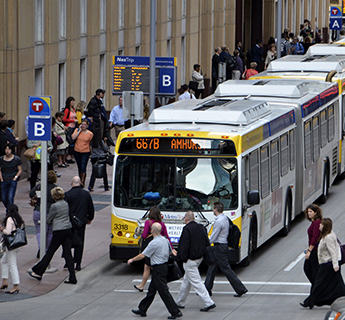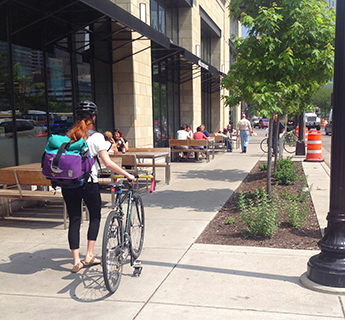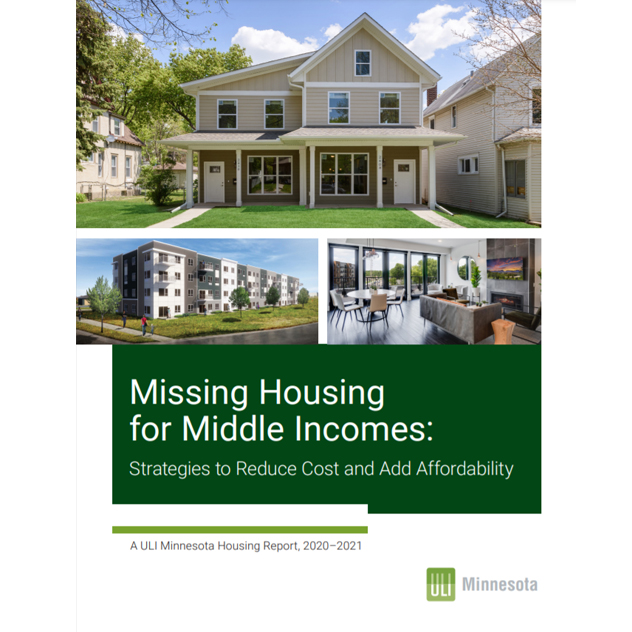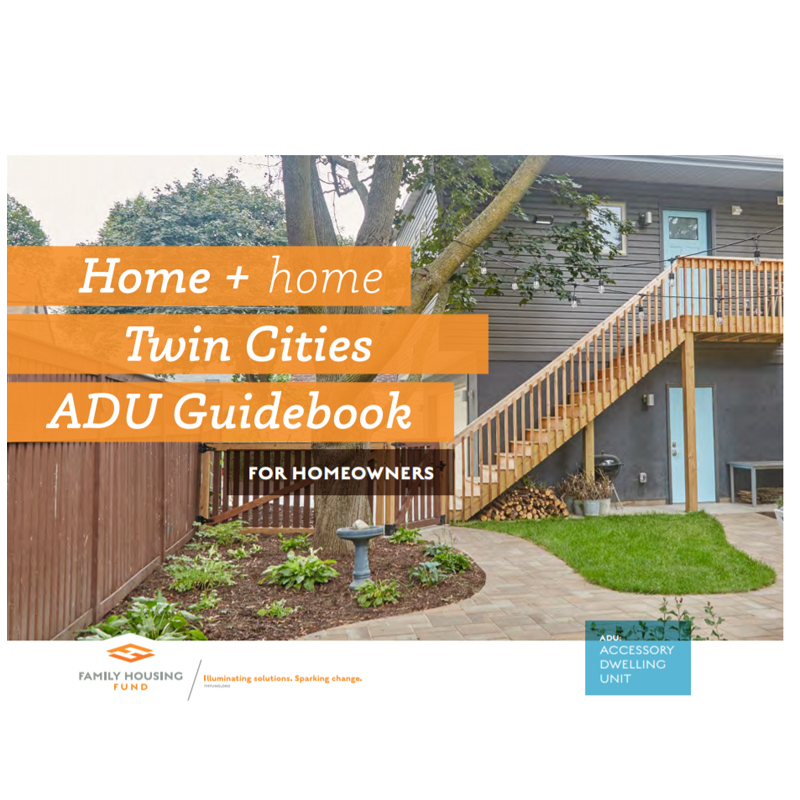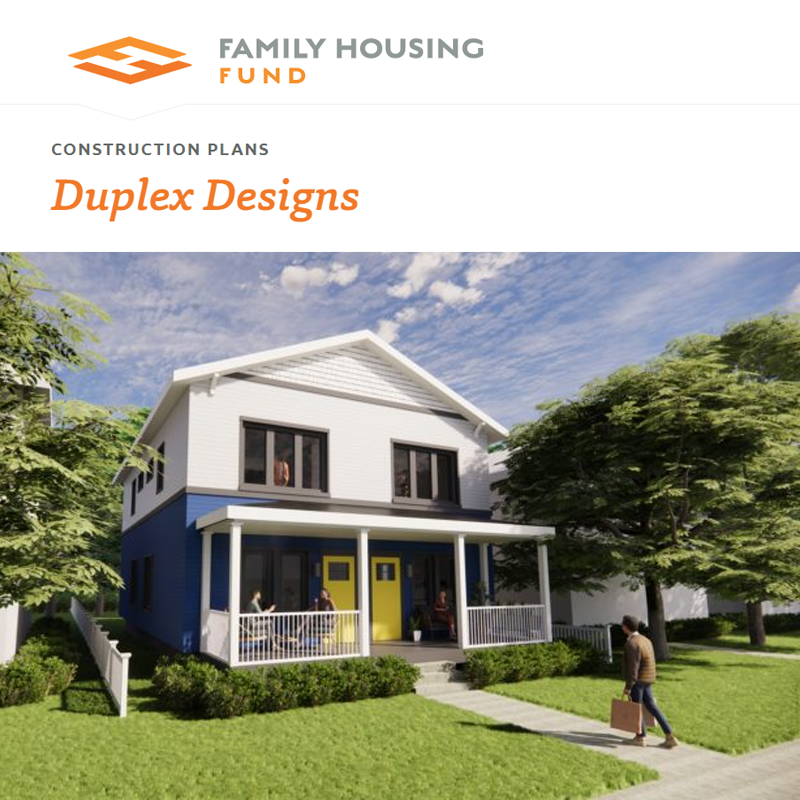The Missing Middle
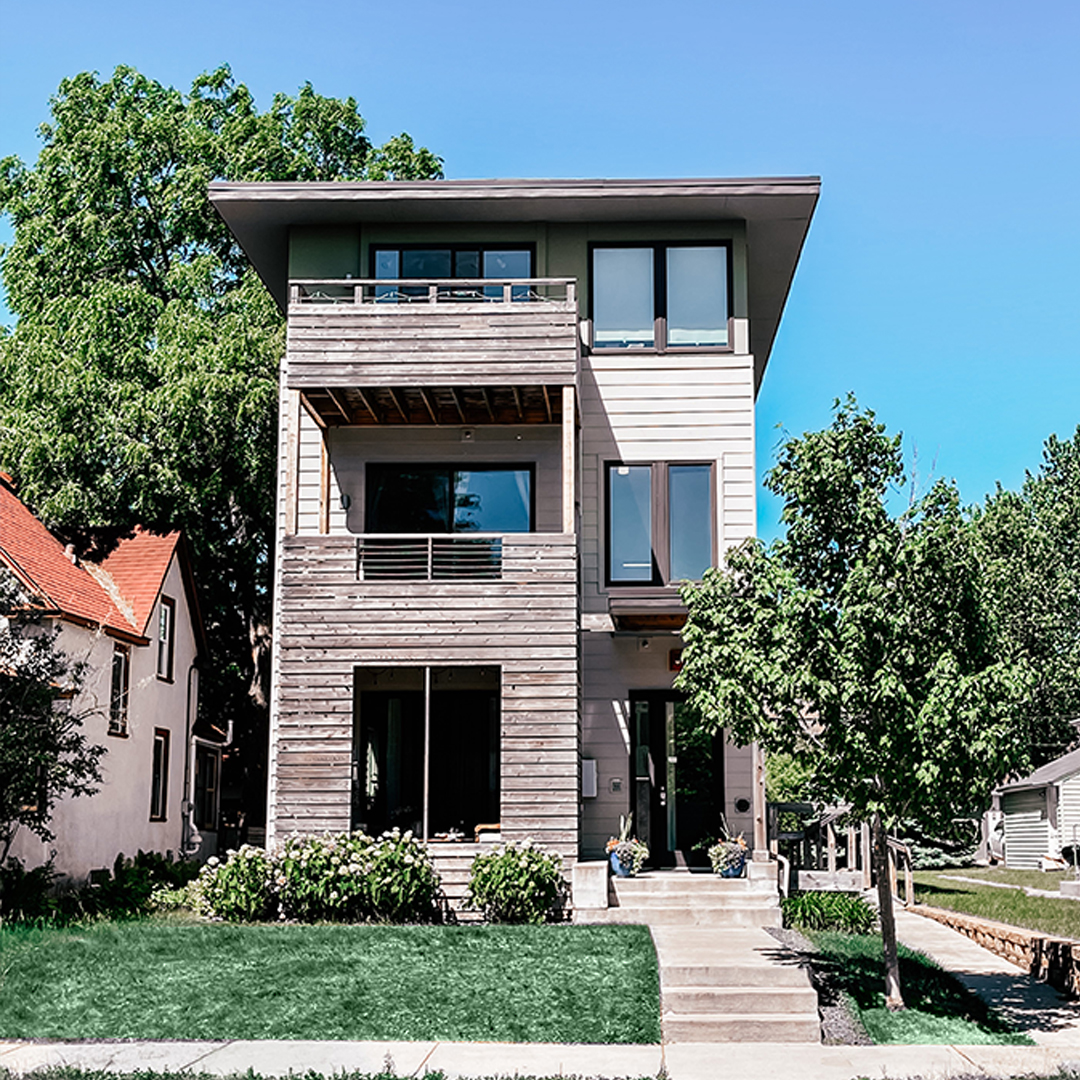
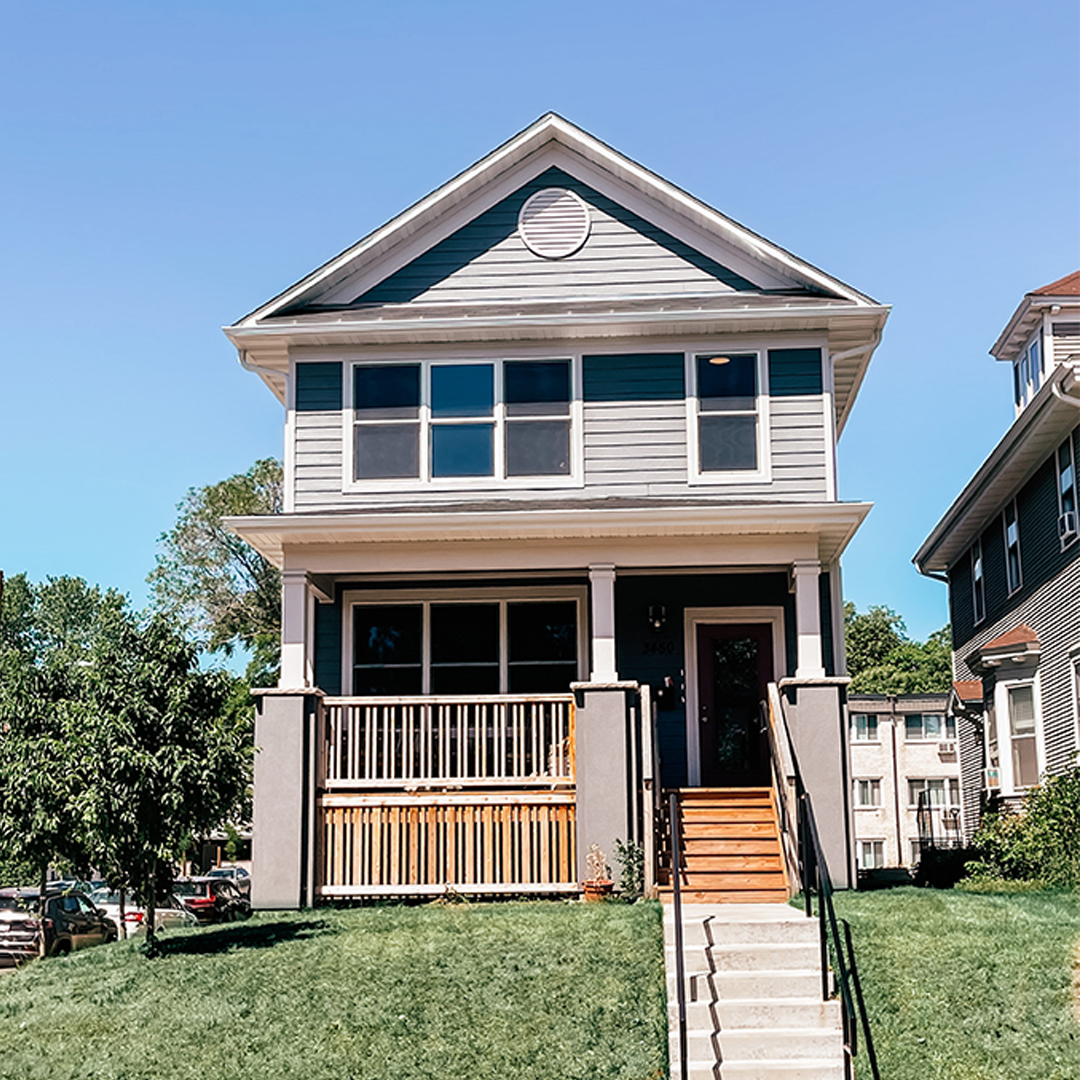
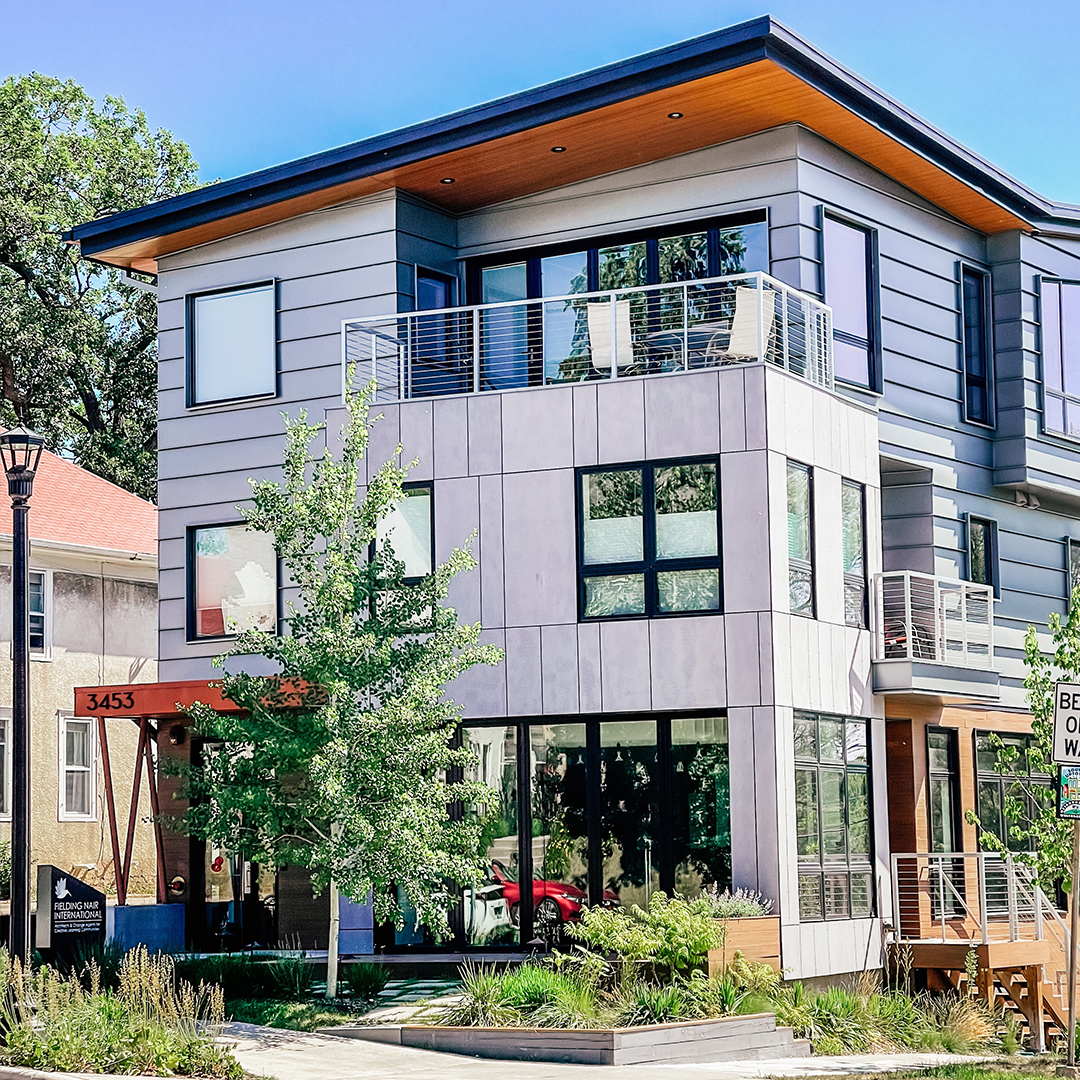
"Missing middle homes" are buildings that have multiple housing units within the structure but are more modest in scale compared to large apartment complexes. They are referred to as "missing" because not many have been built after they became illegal in many cities around the 1930s and "middle" because they are in-between single family homes and high rise apartment/condo buildings. This type of housing typically has 2 to 20 units but can vary greatly in characteristics depending on their unit count. Smaller unit count missing middle housing types include duplexes and fourplexes and are similar in size to single-family homes while larger unit count missing middle types can include rowhouses and multiplexes and are a good transition from single-family homes to larger apartment complexes.
Missing middle housing has historically given working-class families, people of color, and immigrants access to more affordable homes. During the Progressive Era, Minneapolis saw a huge increase in missing middle housing because it provided workers healthier living conditions and was more accessible than single-family homes. It wasn’t until the 1930s that regulations and policies began to work together to exclude many missing middle housing types from being built in the "desirable," single-family home neighborhoods of Minneapolis. These determinations were based on race and have shaped the opportunities granted to multiple generations of Minneapolis residents. Today, the Twin Cities has among the largest disparities among persons of color and indigenous peoples compared with white people in homeownership as well as poverty rates, employment, and level of education. One way of addressing this equity issue is to increase the amount of missing middle housing throughout the city.
Now that Minneapolis 2040 has been adopted, the policies that once prohibited missing middle homes from being built in single-family home neighborhoods in our city have been replaced with policies that encourage specific missing middle housing types be built in those very same neighborhoods. We studied obstacles in our zoning code that made it difficult to build missing middle and updated it to allow more of this housing to be built. For example, updates in our zoning code have made it possible to build 3 units on any residentially zoned parcel. We also updated our parking requirements which once made it difficult to build missing middle. This is a great step towards accomplishing our equity goals but there are still other obstacles that make it difficult to build missing middle homes such as regulations found in fire code, building code, accessibility requirements that need to be met, general know-how, and of course financing.
Table of Contents
Background
Minneapolis 2040 Goals
Building more missing middle homes will help us reach our equity goals, accommodate more residents and jobs in the city, allow a range of housing types and stabilize housing costs, and foster complete neighborhoods.
While all the goals are important, Minneapolis 2040 is centered on eliminating racial disparities. To achieve this goal, the City of Minneapolis has been doing work to undo the legacy that remains from racially discriminatory housing policies by increasing access to opportunity through a greater diversity of housing types, especially in areas that lack housing options as a result of discriminatory housing policy. The Residential Buildings with up to 3-units Amendment, Built Form Regulations, and Housing Strategies are just a few examples of this work.

BENEFITS OF MISSING MIDDLE HOUSING
In addition to helping us reach our equity goals, Missing middle housing has many other benefits.
Minneapolis is growing...
More accessible...
More amenities...
Good transitions...
More affordable...
TIMELINE OF MISSING MIDDLE HOUSING IN MINNEAPOLIS
1890s - The Beginning of the Progressive Era
1890s - Plan Books
1920s - Housing stock
1930s - Redlining
1950s - Single Family Home Development
1960s - Urban Renewal
1960s - Missing Middle Resurgence
2014 - Housing Affordability
2020 - Minneapolis 2040
Missing middle homes are now welcome in zoning districts that they were prohibited from for many years. This creates opportunity for residents to live and work in areas they didn't have access to before. Even though missing middle housing is allowed throughout the city, we still have other obstacles that prevent it from being built. The remainder of this webpage includes missing middle case studies, interviews, and recourses available to build missing middle homes.
Minneapolis 2040 Built Form District Maps


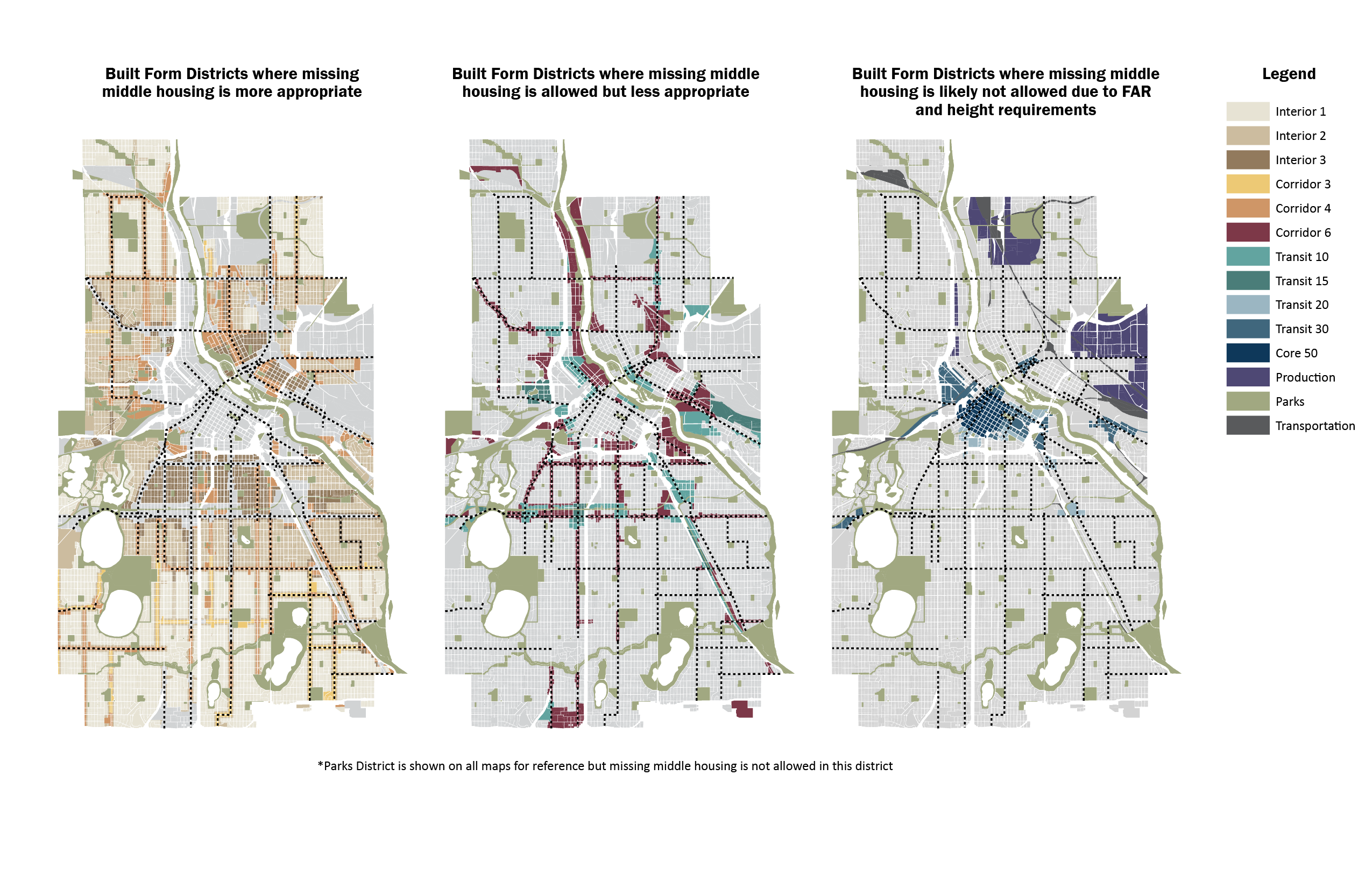
Research
MISSING MIDDLE GLOSSARY
Accessory Dwelling Units (ADUs)
Bungalow Court
Cluster Development
Courtyard Apartments
Duplex
Fourplex
Live-Work / Mixed-Use
Multiplex
Rowhouse
Triplex
Twin Home
Resources
MISSING MIDDLE CONVERSATIONS
Our neighbors across Minneapolis have shared their experience with missing middle homes. Some had little to no experience before living in, renting, or building missing middle homes but fell in love with this housing type and the lifestyle that it provides. They are all very active in our communities and show that missing middle homes are a great option for many residents. Click on their photos to hear their story.
Also check out the programs that the City of Minneapolis has offers for developers, homeowners, and landlords.
Programs and Publications
Click on the following links to learn about helpful resources to build missing middle homes.



